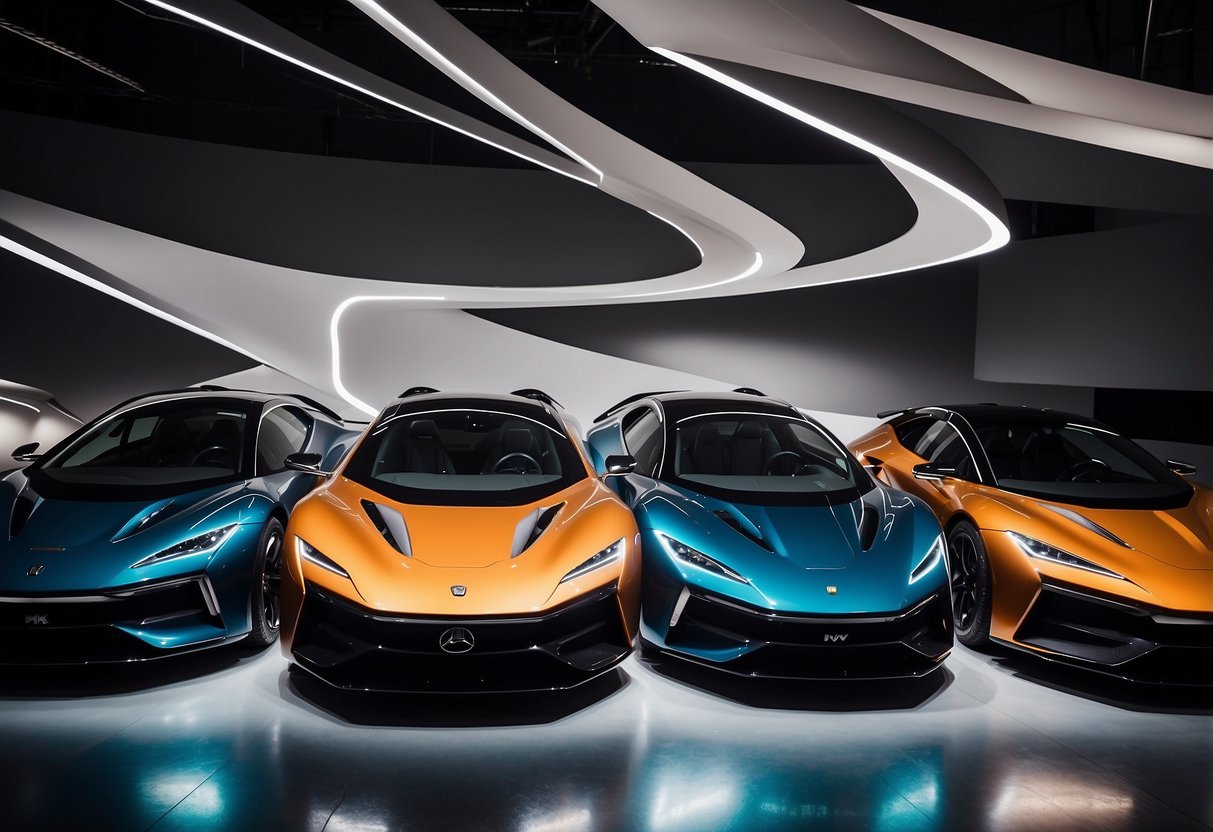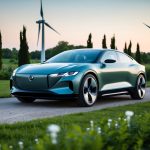
Automotive enthusiasts and industry insiders alike have their eyes set on a lineup of groundbreaking concept cars slated for unveiling this year. These vehicles push the boundaries of design, innovation, and technology, offering a glimpse into the future of transportation. Each of these concept cars represents the pinnacle of automotive ingenuity, showcasing what could soon be the norms in efficiency, connectivity, and autonomous driving capabilities.
The anticipation is palpable as car manufacturers tease their latest creations, blending aesthetic appeal with cutting-edge functionalities. From electric powertrains to advanced artificial intelligence systems, concept cars are poised to revolutionize the driving experience. These visionary vehicles not only cater to the demands of sustainability but also promise to significantly enhance safety and convenience on the road.
Today’s concept cars are more than mere spectacles; they are functional prototypes that signal the direction the auto industry is heading. With every detail meticulously crafted, these vehicles captivate the imagination and set high expectations for future production models. It’s an exciting time for those passionate about automotive innovation, as these concepts provide fascinating insights into the next generation of cars.
Evolution of Automotive Design
The automotive industry has experienced significant advancements in design, focusing on improved aerodynamics, the use of sustainable materials, and cutting-edge lighting technologies.
Aerodynamics and Aesthetics
Modern automotive design heavily emphasizes aerodynamics to enhance performance and efficiency. Sleek lines and reduced drag contribute to better fuel economy and higher speeds. Auto manufacturers incorporate wind tunnel testing and computer simulations to refine vehicle shapes.
Beyond performance, aesthetics play a crucial role. Designers balance visual appeal and functional efficiency, creating vehicles that are both beautiful and practical. The synergy between aerodynamics and aesthetics defines contemporary automotive design trends.
Sustainability and Materials
Sustainability in automotive design has become pivotal. Manufacturers increasingly use eco-friendly materials such as recycled plastics, natural fibers, and sustainably sourced metals. This shift not only reduces environmental impact but also meets consumer demand for greener products.
Innovations in materials science lead to lighter, stronger components, which improve fuel efficiency and reduce emissions. Designers and engineers collaborate to integrate these materials seamlessly without compromising the vehicle’s safety or performance.
Advancements in Lighting Technology
Advancements in lighting technology enhance both safety and style. LED and laser headlights provide superior illumination and energy efficiency compared to traditional halogen lights. Adaptive lighting systems adjust the beam pattern automatically based on driving conditions and surroundings, improving visibility and reducing glare.
Innovative lighting features, such as dynamic turn signals and customizable ambient lighting, add to the vehicle’s aesthetic appeal. These technologies not only improve the driving experience but also set new standards for vehicle exterior and interior design.
Breakthroughs in Electric Powertrains
Recent advancements in electric powertrains promise to redefine performance and efficiency in the automotive industry. Key areas of focus include battery innovations and improvements in electric motor efficiency.
Battery Innovations
Significant progress has been made in battery technology, enhancing the driving range and durability of electric vehicles (EVs). Solid-state batteries, which use solid electrolytes instead of liquid ones, offer higher energy densities and faster charging times. These batteries also exhibit increased safety, reducing risks associated with leaks and overheating.
Lithium-sulfur batteries are another breakthrough. They can deliver greater energy density compared to traditional lithium-ion batteries, potentially increasing the range of EVs by several hundred miles. Developments in battery recycling methods and materials like silicon anodes also contribute to extending battery life and reducing environmental impact. Incorporating advanced thermal management systems ensures better performance and longevity.
Electric Motor Efficiency
Advancements in electric motor technology focus on enhancing power output while minimizing energy consumption. Permanent magnet synchronous motors (PMSMs) are gaining popularity due to their efficiency and performance. These motors provide high torque at low speeds, which is beneficial for quick acceleration and smooth driving.
Improvements in materials, such as the use of advanced composites and lightweight alloys, help reduce the overall weight of the motors without compromising their strength. This reduction in weight, coupled with enhanced motor control algorithms, leads to more efficient energy use. Direct drive systems, which eliminate the need for a traditional gearbox, further enhance efficiency by reducing mechanical losses.



